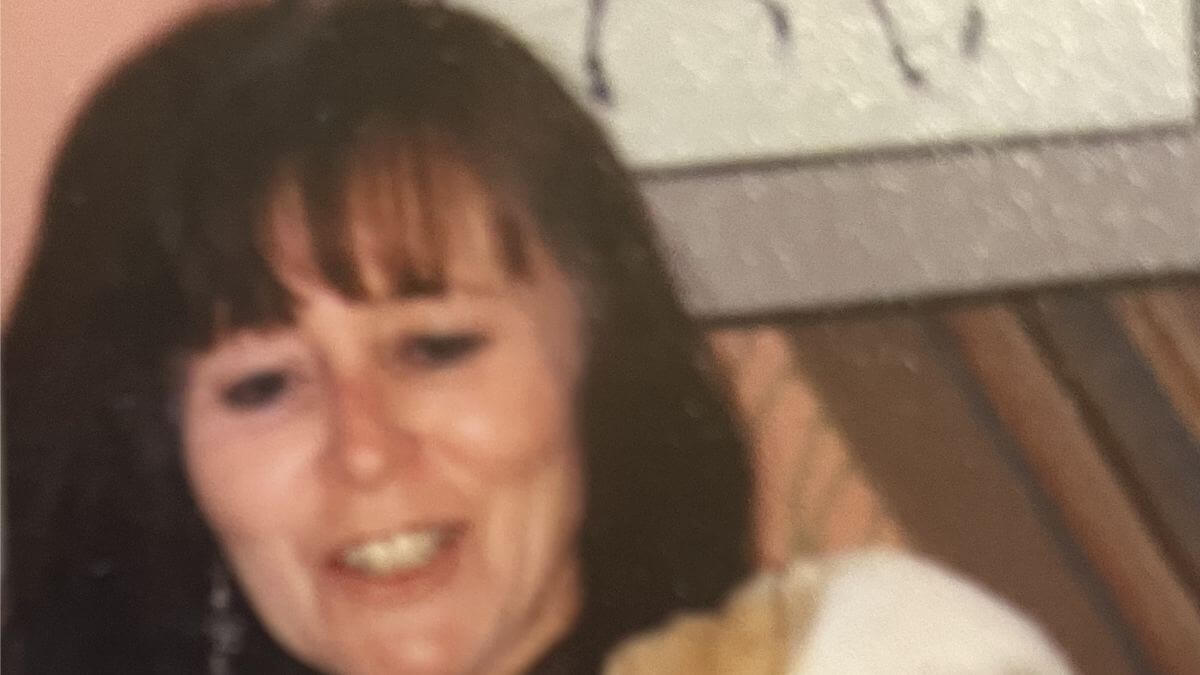Interview with Diane Turner, Breeder of Wireworks/CanDo German Wirehaired Pointers
- Please tell us a little bit about yourself. Where do you live? How many years in dogs? How many years as a breeder? What is your kennel name?
- What is your “process” for selecting show puppies? Performance puppies?
- In your opinion, is your breed in good condition overall? Any trends that warrant concern?
- As a Preservation Breeder, can you share your thoughts on the sport today? How’s the judging these days? What do you think about the number of shows?
- What are the biggest challenges facing the dog show community as a whole today and how can these be addressed?
- What are some of the positive changes you’ve seen in the sport over the past decade?
1. We live in Southern Arizona, not far from the Mexican border. Our home is on the historic Diamond Bell Ranch in Altar Valley. It’s a wonderful place to live, but it has its challenges.
I am the CanDo suffix in the Wireworks/CanDo German Wirehaired Pointers. Our adopted daughter, Angela Milowski, is Wireworks. We have been breeding for the past 20 years. For the past several years, Angela has been handling all of our dogs and she has brought home a National Specialty Best of Breed on our two-year-old homebred, “Fanny,” and a National Winner’s Bitch on Fanny’s 11-month-old full-sister, “Dottie.” That was an exciting weekend for certain and I shall ever be grateful to Angela and Judge Michael Faulkner.
I have been exhibiting dogs in both Conformation and Obedience since 1969. I purchased my first Belgian Sheepdog for $300—a fortune in those days. Soon I had a lovely Belgian Tervuren too, and as the years passed, I began to concentrate my efforts on Tervs.
I was so blessed to have wonderful mentors—Terry Hendricks, Bob and Barbara Khron, and Sally Terroux. Sally is considered by some to be the mother of Flat-Coated Retrievers in the US. I began working with Sally as her assist handler. At one time, we had 64 Flatties in residence and they were my introduction to Sporting breeds.
In 1974, my husband was transferred to Tucson. I came to Arizona knowing only Jack and Donna Allen. As the years passed, Donna and I co-bred a couple of litters. In the early ‘80s, Donna and I imported a very nice male. We were excited to use him to further our breeding programs. Little did we realize the disaster we were creating.
Just as the youngsters matured, they began dying. In those days there were not the diagnostic tools we have today. One survived long enough to get to a canine cardiologist. They had to send EKG readings over the phone line to New York City to be read by a cardiologist there. The diagnosis was cardiomyopathy. Within a year, two well-known, well-respected Tervuren kennels were devastated, and as breeders, we were broken—neither Donna nor I ever bred another Terv litter.
But life goes on. In the next years, I weathered a contemptuous divorce, raised teen-agers, and concentrated on my career. I occasionally exhibited in Conformation and Obedience, but the passion was gone. In 1990, I remarried, and in 2000, the last of my Tervs died at the age of 17. Several years after, my husband got a GWP to hunt with. “Emma” was smart and funny, and I fell in love with Emma and the breed.
2. I certainly don’t have a formal “process” for selecting puppies. But, from the moment those tiny beings take their first breath in my hands, I am evaluating them. I believe there are certain things that will not change; fronts, angles, and length of body. Angela has her own method of evaluation, and we discuss which puppies we feel are promising. On the day they are whelped, I’ve picked out two or three that I think are promising and usually we are in agreement.
3. I think Wire breeders have done an amazing job improving temperaments. We still see far too many improper fronts and too many incorrect coats—some dogs with lack of furnishings and some with soft coats. We are now seeing thyroid disease in our breed. And it is of concern that despite the efforts of the GWPCA and reputable breeders, there are still dogs that have not been tested that are being used for breeding.
4. With all the new performance activities, I feel certain that our sport has a future. Performance events are a great way for folks to learn about breeds, meet breeders, and eventually become involved in Conformation.
Since Wires are a low-entry breed I am probably not the best person to speak to how judging is today. Thanks to Angela’s dedication, we have several dogs in the Top Ten each year, so I can’t complain about judging.
We don’t have a great number of shows in our area, so Angela must travel hundreds of miles to exhibit our dogs. In the areas where there are several shows within a few miles on the same weekend, perhaps less would be better—we’d surely like to have that dilemma.
5. I believe the biggest challenges facing the show community are state and municipal anti-dog legislation. Though purebred dogs are only a small percentage of dogs that end up in shelters, it seems legislation targets reputable breeders. The ban on certain breeds, the regulations on dog ownership, and the discouragement of any breeding are all things that should be of concern to every person involved in our sport. We need to do a better job of educating the public and our government representatives about the differences between mill breeders and purposeful breeders, and we need to highlight the role preservation breeders play in protecting ancient breeds.
6. Dogs have solidified their place in the lives of Americans, so I am confident that there is a bright future for purebred dogs.








